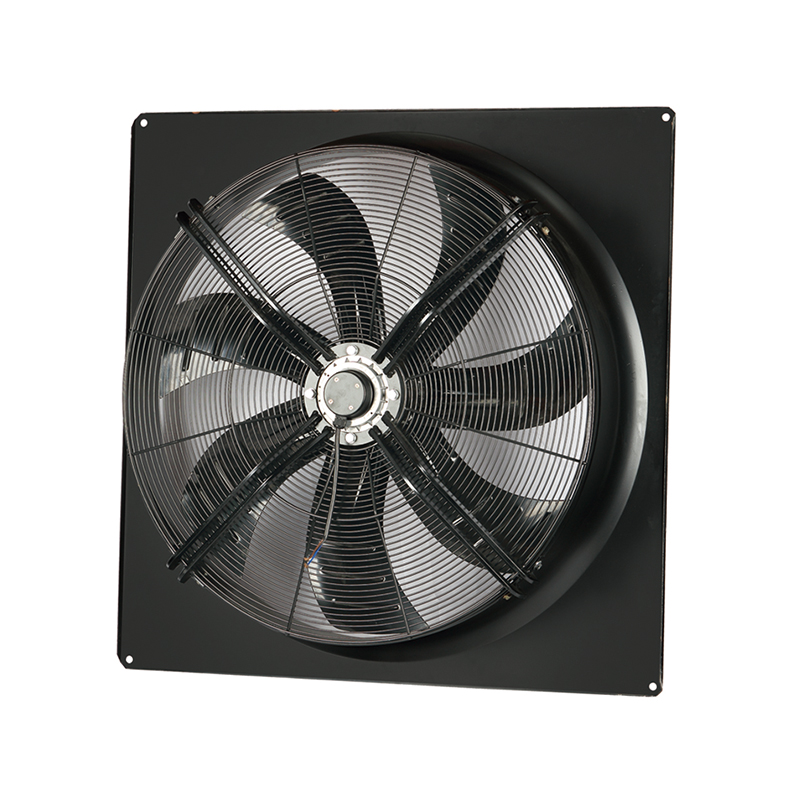Qinlang focuses on providing high-quality products and considerate services, and is committed to meeting every expectation of our customers.
The DKT-133 Cooling Ventilation Double Inlet Air Conditioning Fan is d...
See Details
In many industrial, commercial, and home applications, fans play a crucial role in ventilation, cooling, and airflow management. Among the various options, Low Noise Axial Fans have gained attention for their quieter operation. Understanding how these fans compare to standard fans can help users choose the right solution for their needs.
One of the most noticeable differences between low noise axial fans and standard fans is the sound they produce. Standard fans often generate a continuous hum or whir, which can be distracting in quiet environments such as offices, libraries, or bedrooms. In contrast, low noise axial fans are designed with features like aerodynamic blades, sound-dampening housings, and optimized motor operation to reduce noise output.
| Feature | Standard Fan | Low Noise Axial Fan |
| Noise Level | Moderate to high | Low, often 10-15 dB quieter |
| Ideal Use | Industrial areas, workshops | Offices, hospitals, homes |
| User Comfort | Can be disruptive | Minimal disruption |
The difference in noise levels not only enhances user comfort but also supports environments where concentration and minimal distractions are important.
Many people assume that low noise fans compromise airflow to achieve quieter operation. While some models may have slightly lower airflow compared to high-speed standard fans, advanced low noise axial fans balance efficiency and quietness. These fans often maintain adequate airflow for cooling, ventilation, or process requirements without causing excessive noise.
The design of the fan blades and housing ensures that air moves smoothly, reducing turbulence that contributes to sound. Users can often find low noise axial fans that meet performance expectations while maintaining a quieter environment.
Low noise axial fans often utilize motors and bearings optimized for smoother operation, which can result in better energy efficiency compared to standard fans running at higher RPMs. Reduced mechanical stress also contributes to longer service life. In contrast, standard fans operating at higher speeds may experience more wear and tear over time, potentially leading to more frequent maintenance or replacement.
The choice between low noise axial fans and standard fans often depends on the application:
Low noise axial fans can sometimes come with a slightly higher price due to advanced engineering and materials. However, the benefits in comfort, energy savings, and durability often justify the investment. Standard fans may have lower upfront costs but might incur higher operational or maintenance expenses over time.
Comparing low noise axial fans to standard fans reveals clear differences in noise levels, user comfort, and energy efficiency. While both types have their place depending on the environment, low noise axial fans offer a quieter, more comfortable solution without significantly compromising airflow. For settings where sound is a consideration, these fans provide an effective balance between performance and quiet operation.